
Cultivating Confidence
Confidence is that sense of self-assurance we get from appreciating our own abilities or qualities, and from mastering new skills.
Confidence is that sense of self-assurance we get from appreciating our own abilities or qualities, and from mastering new skills. When children feel confident, they’re more able to remain optimistic in the face of adversity. There are simple ways grown-ups can help build little ones’ confidence.
Watch this short video, noting the four strategies highlighted:
- Acknowledge – help children feel seen and heard when we talk about feelings with them
- Introduce – change children’s perspective by introducing the concept of yet
- Remind – concrete examples give children “proof” that they can accomplish new things
- Compliment – offer compliments that encourage a growth mindset
After watching, you might take a look at a few resources, like Elmo Doesn’t Give Up, and Super Teeth Chart to help put these strategies into practice.
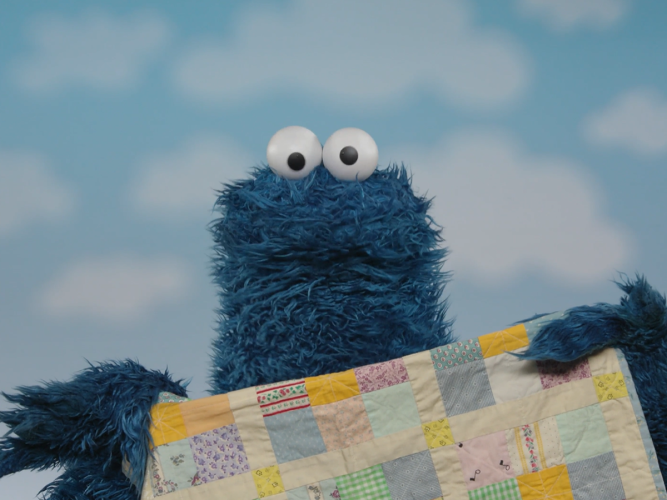
Cookie Monster’s Beach Day
When children are in the hospital, their imagination can become a valuable tool in soothing themselves.
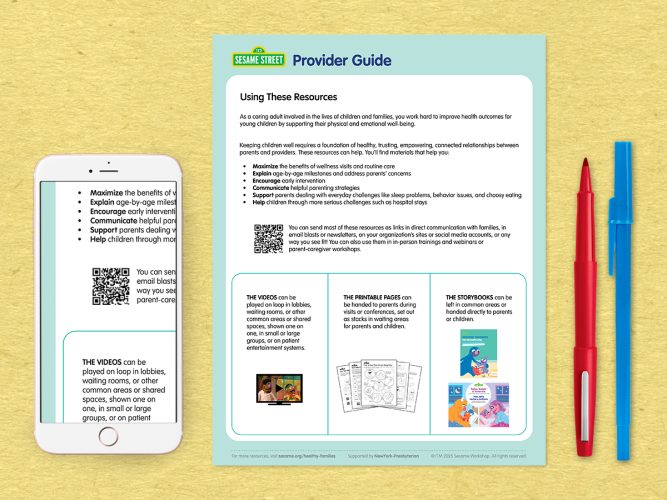
For Providers: Using These Resources
Print and refer to this page as you implement the materials in this initiative.
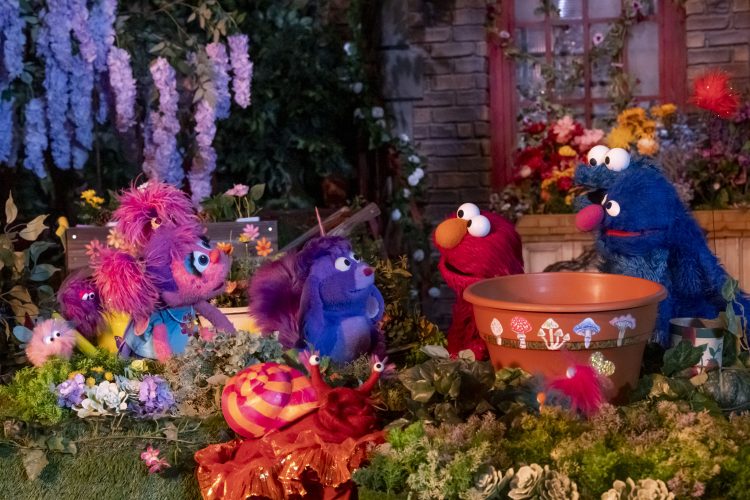
Watch and Play: Abby's Magical Beasties
Watch this episode and explore ways to extend the learning at home.
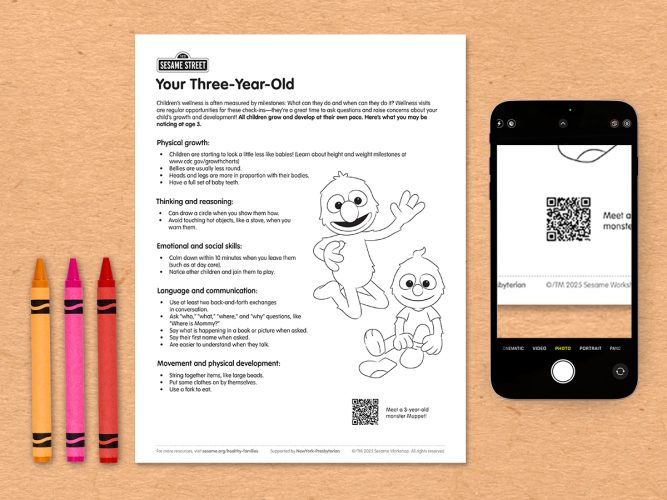
Milestones: Your Three-Year-Old
All children grow and develop at their own pace; use this chart to guide your expectations and observations so you can talk to your child’s pediatrician about questions or concerns.
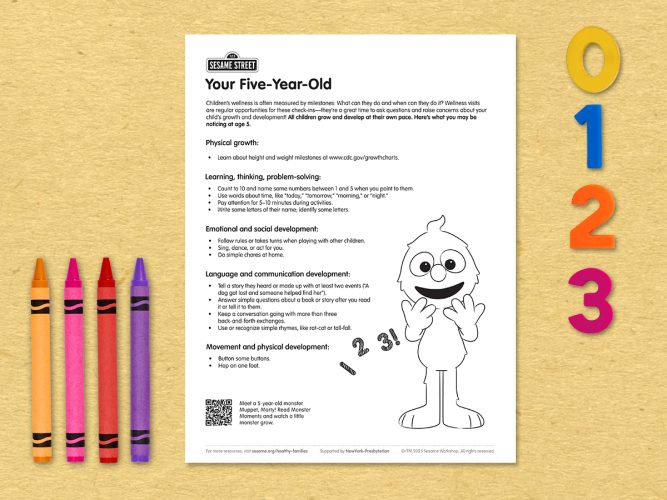
Milestones: Your Five-Year-Old
All children grow and develop at their own pace; use this chart to guide your expectations and observations so you can talk to your child’s pediatrician about questions or concerns.
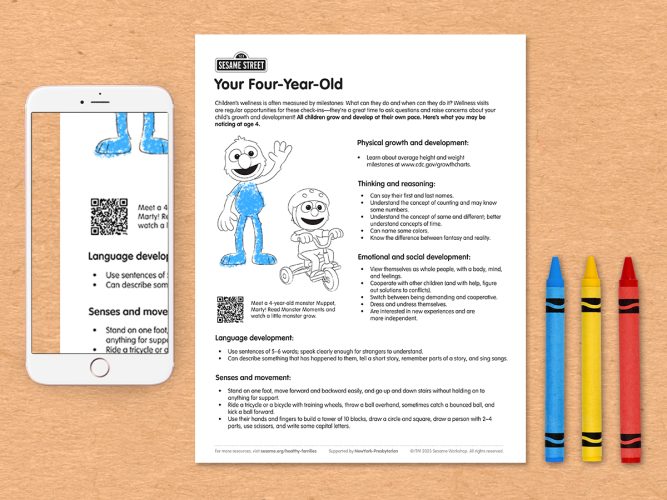
Milestones: Your Four-Year-Old
All children grow and develop at their own pace; use this chart to guide your expectations and observations so you can talk to your child’s pediatrician about questions or concerns.

Milestones: Your Six-Year-Old
All children grow and develop at their own pace; use this chart to guide your expectations and observations so you can talk to your child’s pediatrician about questions or concerns.
